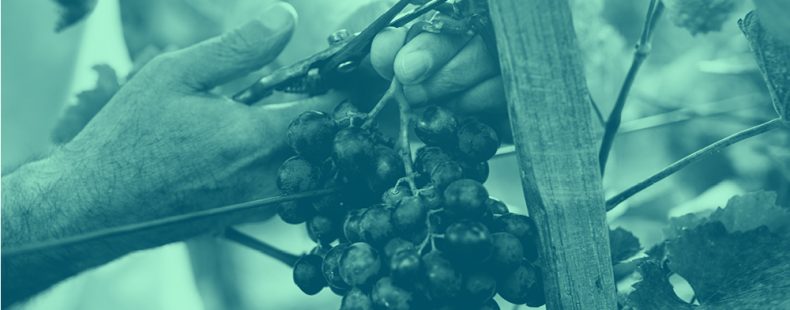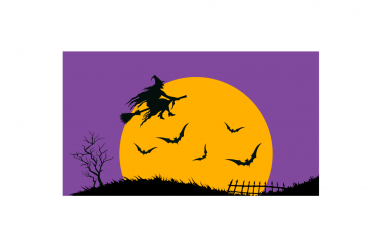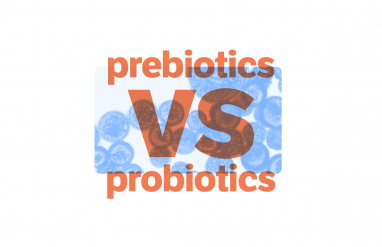red, pink, white, and orange
Wine drinkers are usually confronted with two options when selecting a wine: red or white. Red wine is always made from grapes that have a dark skin color that ranges from blue like cabernet sauvignon to a deep purple, almost black color like pinot noir. It’s called red wine instead of bluish-purple wine because the pigments in the grapes come off as red when vinified.
White wine is often made with grapes that have a light greenish color skin, like chardonnay or gruner veltliner. Not all white wines come from light-skinned grapes, though. Many of the most popular Champagnes are sparkling white wines, but they’re in part made with dark-skin grapes like pinot noir and pinot meunier. The final wine is white instead of red because the wine gets its color from the skins, and Champagne is made by separating the juice from the skins.
In between white and red, there’s rosé, a pink wine that’s a summertime favorite. There are many types of rosé, though getting the color isn’t like mixing up a paint where you can simply mix red and white. One method is to take out some of the red wine from a fermenting tank before it picks up too much color, which is called saignée. Saignée is the French word for “bleeding,” as in “to bleed out” some of the wine. The other most popular way to make rosé is to let the wine sit on the grape skins for a very short amount of time until they pick up some of the pigments but not as much as a deep red wine.
Then there’s a fourth option: orange. If red and white are the equivalent of black and white, then orange is the gray area. Orange wine is made with white wine grapes but it has extended contact with the grape skins, seeds, and stems. This turns what would be a white wine into an orangish wine and also adds a noticeable amount of tannins.






















